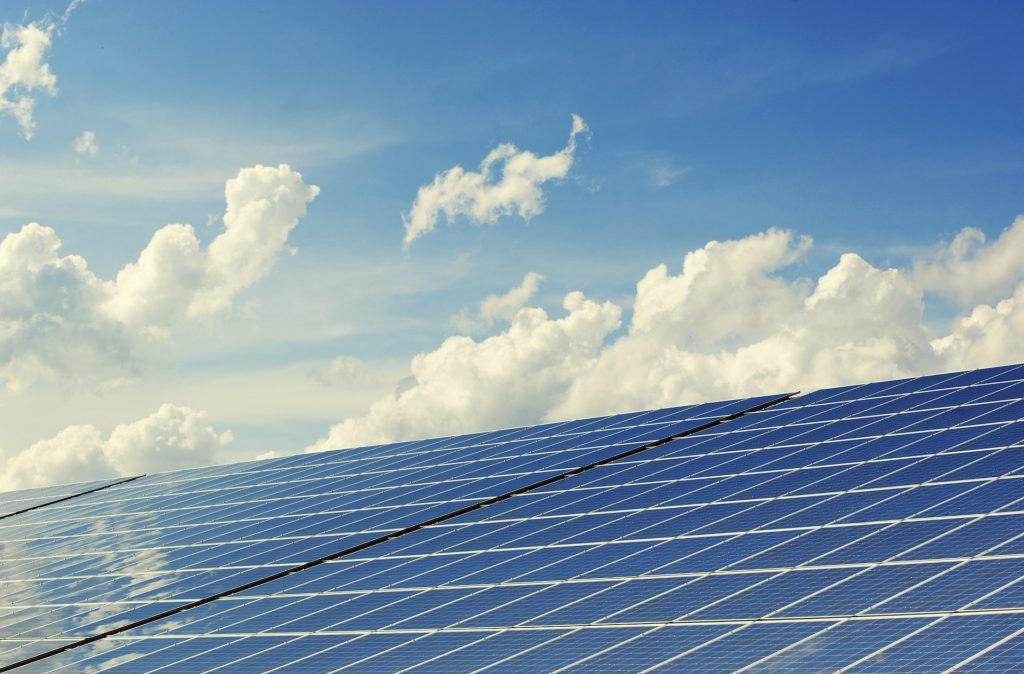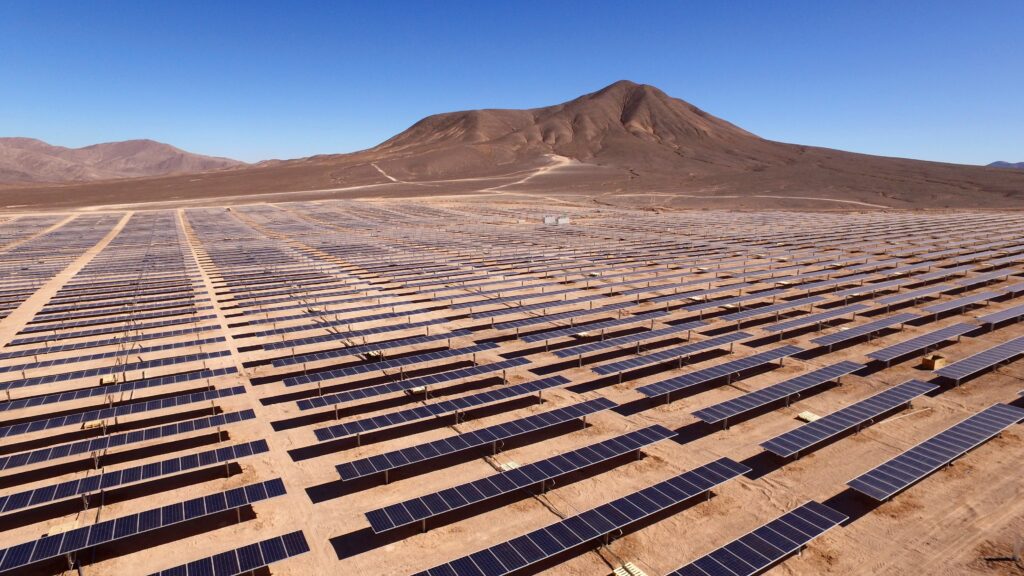Renewable Energy for Gulf Militaries
With significant amounts of energy needed to power bases, facilities and the continuous movement and transportation by air, sea and, of course, land all the time, militaries are energy hungry enterprises. Every year, Gulf militaries collectively spend several hundred million dollars consuming electrical energy, including millions of gallons of fuel to power diesel generators. Despite broader national efforts around the Arab Gulf where governments have set in place aggressive renewable energy targets to massively increase installed capacity, Gulf militaries remain in lag in strategically adopting renewable energy to meet their future energy needs.
Investment in renewable energy across the Arab Gulf has grown exponentially over the past five years – and that trend is set to continue. Driving these investments into renewable energy around the Arab Gulf is an effort to mitigate against rising energy costs which could create drag on economic growth as well as guarding against potential energy supply disruptions as well as to diversify towards more clean energy generation and distribution for the future. For Gulf militaries, the adoption of renewable energy is vital to achieve distributed power generation as national security requires the military to have electricity even during blackouts which may affect other parts of the country.
The National Security Consideration
The notion of distributed power generation is absolutely essential in the national security context and for assuring military readiness round the clock. Natural phenomena or sabotage threats can cause massive power outages which will outstrip the ability of backup generators and fuel supplies to fill gaps – and put critical military operations at risk. Typically large, complex and interconnected, electricity grids can be vulnerable to threats from nature such as extreme weather events and attacks by criminals, terrorists and saboteurs. In the Arab Gulf, such risks are more acute as critical infrastructure such as electricity generation plants and distribution grids tend to be built larger and are geographically concentrated.
“Without electricity from civilian electricity grids even the most advanced militaries can be crippled – yet, most military bases remain largely unprotected against the potential long-term interruption of electrical power.”
Consider, for example, a sniper attack on a Pacific Gas and Electric substation in California, United States, in 2013, which disabled 17 transformers and shut down the plant within minutes. Fortunately, engineers were able to route power from other sources and avert a total blackout but alternate sources may not always be readily available and, in any case, the repair or replacement of damaged transformers can potentially take months. Without electricity from civilian electricity grids even the most advanced militaries can be crippled – yet, most military bases remain largely unprotected against the potential long-term interruption of electrical power.
Diesel generators which provide emergency power are a starting point however in other scenarios fuel supply lines themselves can be disrupted. Global fuel market volatility can put mission-critical energy supply at risk, particularly in times of conflict where demand and supply dynamics for such commodities behaves abnormally. On the other hand, the refueling of diesel generators across dispersed locations in major emergency situations presents obvious threats and risks at multiple levels, from supply chain management and logistics to severely disrupted military operations themselves.
The Gulf Context for Solar Power
Fortunately, readily available solutions already exist for Gulf militaries to increase resiliency against the threat and risks of blackouts. Renewable energy, specifically solar photovoltaic systems, provide a long-lasting solution to generate electricity directly from sunlight and will be critical for Gulf militaries to achieve a distributed power generation capacity. Solar photovoltaic infrastructure poses low maintenance demands, does not require any type of refueling and can be positioned almost anywhere in the climes of the Arab Gulf which have among the highest solar irradiance levels anywhere in the world.

Consider the UAE, for example, which has huge solar potential owing to a mean annual solar radiation of 2285 kWh/m2, an average sunshine of 10 hours per day and no presence of clouds exceeding 20 per cent of the year. It is a similar equation elsewhere in the Arab Gulf and while high humidity and dust particles in the atmosphere can reduce the solar intensity, the UAE already ranks among the world’s top producers of concentrated solar power, with Saudi Arabia rapidly catching up. The UAE’s ambitious targets and investment into solar power capacity – including construction of the world’s largest solar power plant in Abu Dhabi, Shams I – have demonstrated the efficacy for solar power in the region to thrive as a reliable, clean and low maintenance energy source.
For Gulf militaries, turning to solar powered “microgrid” for major military infrastructure can reduce critical dependence on theoretically vulnerable civilian generation and distribution grids at the same time as resolving the challenge of off-grid power requirements at once. Solar has proven an effective alternative to traditional energy sources for militaries elsewhere around the world. A “microgrid” comprising a 120-kilowatt solar array system and a 300-kilowatt energy storage system at a military base in the United States has successfully demonstrated the ability to be disconnected from the regular civilian power grid and become self-sustaining – providing electricity derived from solar energy to buildings that need to be served.
Harnessing In-Reach Capacity
As a model to baseline against, the United States’ army, navy and air force services all expect to obtain the majority of their energy requirements from renewable sources, with a particular focus on solar energy, within the few years. As well as promoting a greener environment through reduced CO2 emissions, growing installed renewable energy capacity promises improved energy supply reliability, lower long-term costs and, crucially, enhances national security by mitigating scenarios of major civilian blackouts.
“With sufficient investment into microgrids, militaries may even be able to supply excess energy generated from solar into the civilian electricity grid, potentially allowing recoup on investment even sooner.”
The need to procure, transport, maintain and refuel diesel generators – which can be obtrusive, heavy, and, at times, unreliable – across large numbers of fixed sites and remote locations is tremendously minimized. Solar power is however also easily portable and can be utilized to provide bases in remote locations with dependable power. Being less susceptible to failure and enemy fire, portable solar arrays can therefore be harnessed to enhance the tactical edge and security of expeditionary forces by reducing demands for resupply missions that can put personnel and operations at risk.
Solar powered microgrids using rooftop and ground-based solar arrays are largely one-time costs that will allow the military to generate most of its electricity from renewable sources within years and are available at increasingly manageable costs. Initial upfront costs will create immediate savings in electricity bills the military currently pays to civilian suppliers. With sufficient investment into microgrids, militaries may even be able to supply excess energy generated from solar into the civilian electricity grid, potentially allowing recoup on investment even sooner.


